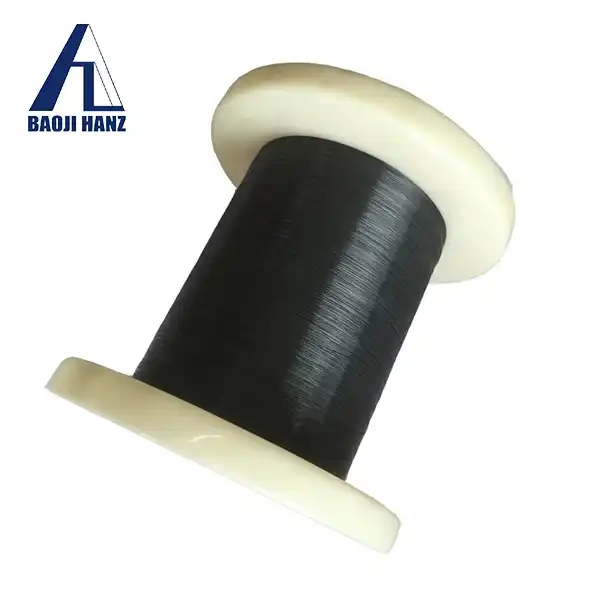Where are nitinol rods used?
2024-07-19 17:04:47

What are the Medical Applications of Nitinol Rods?
Nitinol rods have revolutionized the medical field due to their unique properties. Medical grade nitinol rods, known for their biocompatibility and ability to return to a pre-set shape when heated, are used in a variety of medical devices and procedures. Here are some of the key applications:
Orthopedic Implants
One of the most significant uses of nitinol rods is in orthopedic implants. Nitinol rods are used to manufacture bone staples, screws, and plates that aid in bone fixation. These devices benefit from nitinol’s superelasticity, which allows them to maintain their shape under stress and return to their original form, providing stable and consistent support for healing bones.
Cardiovascular Stents
Nitinol rods are crucial in the production of cardiovascular stents. These stents are used to keep blood vessels open in patients with cardiovascular diseases. The superelasticity of nitinol ensures that the stent can be compressed for insertion into the artery and then expand to its original shape once in place, providing a long-term solution for keeping the artery open.
Dental Applications
In dentistry, nitinol rods are used to create orthodontic wires and root canal instruments. The superelastic property of nitinol ensures that orthodontic wires can apply continuous pressure to teeth, leading to more effective and comfortable teeth straightening. Similarly, nitinol-based root canal instruments can navigate the complex shapes of root canals more effectively than traditional tools.
How Do Nitinol Rods Enhance Industrial Applications?
Beyond the medical field, nitinol rods are also valued in various industrial applications. Their unique properties make them ideal for use in environments that require materials to endure significant stress and strain without permanent deformation.
Robotics and Actuators
In robotics, nitinol rods are used to create actuators, which are devices that convert electrical energy into mechanical movement. Nitinol actuators are prized for their ability to undergo large deformations and return to their original shape, providing precise control and movement. This is particularly useful in delicate or complex robotic applications, such as surgical robots or robotic grippers.
Aerospace Industry
The aerospace industry leverages nitinol rods for their ability to withstand extreme temperatures and stress. Nitinol components are used in spacecraft and aircraft to provide reliable performance under the demanding conditions of flight and space exploration. For instance, nitinol rods are used in the deployment mechanisms of satellite antennas and solar panels, where their shape memory property ensures accurate and reliable operation.
Consumer Electronics
Nitinol rods also find applications in consumer electronics, particularly in devices that require components to endure repetitive motion or deformation. For example, nitinol is used in the flexible and durable frames of eyeglasses, headphone bands, and even in the folding mechanisms of smartphones and tablets.
Why are Nitinol Rods Preferred in Medical Devices?
Nitinol rods are highly favored in the medical device industry for several reasons, stemming from their unique material properties. Let's delve into why they are the material of choice for many medical applications.
Biocompatibility
One of the primary reasons for the widespread use of medical grade nitinol rods is their excellent biocompatibility. Nitinol does not evoke a significant immune response, making it suitable for long-term implantation in the human body. This property is crucial for devices like stents and orthopedic implants that remain in the body for extended periods.
Superelasticity and Shape Memory
Nitinol’s superelasticity allows medical devices to withstand significant deformation and then return to their original shape. This property is particularly beneficial for minimally invasive procedures, where devices need to be compressed or bent during insertion and then expand once in place. The shape memory property of nitinol also ensures that devices can be activated by body temperature or external heat to assume their functional form.
Fatigue Resistance
Medical devices made from nitinol rods benefit from the material's high fatigue resistance. This means they can endure repeated cycles of deformation and return to their original shape without significant wear or failure. This durability is essential for devices like orthodontic wires and cardiovascular stents, which undergo continuous stress in the body.
Radiopacity
Nitinol rods are radiopaque, meaning they are visible under X-ray imaging. This property is vital for monitoring the placement and condition of medical implants post-surgery. Surgeons can easily track the device's position and ensure it is functioning correctly without the need for invasive procedures.
What Challenges are Associated with Nitinol Rods?
While nitinol rods offer numerous benefits, they also come with certain challenges that need to be addressed to maximize their potential.
Manufacturing Complexity
The production of nitinol rods requires precise control of the alloy composition and heat treatment processes. Achieving the desired properties of superelasticity and shape memory necessitates stringent manufacturing standards, which can increase production costs and complexity.
Nickel Sensitivity
Although nitinol is biocompatible, the presence of nickel, which constitutes about 55% of the alloy, can pose issues for individuals with nickel allergies. This necessitates careful consideration in the design and selection of nitinol-based medical devices, particularly for long-term implants.
Corrosion Resistance
Nitinol is generally resistant to corrosion, but it can be susceptible in certain environments, especially those with high chloride concentrations. Ensuring the long-term stability of nitinol rods in various bodily fluids is crucial to prevent device failure and ensure patient safety.
Conclusion
Nitinol rods are integral to numerous applications across medical and industrial fields due to their unique properties of superelasticity, shape memory, and biocompatibility. In the medical domain, medical grade nitinol rods are used in orthopedic implants, cardiovascular stents, and dental devices, enhancing patient outcomes and procedural effectiveness. Industrially, nitinol rods are employed in robotics, aerospace, and consumer electronics, showcasing their versatility and reliability.
Despite the challenges associated with their production and use, the benefits of nitinol rods far outweigh the drawbacks. Ongoing research and advancements in material science continue to expand the potential applications of nitinol, promising even greater innovations in the future.
References
- Medtronic. (2023). "Cardiovascular Stents." Retrieved from Medtronic
- Zimmer Biomet. (2023). "Orthopedic Implants." Retrieved from Zimmer Biomet
- American Dental Association. (2023). "Dental Applications of Nitinol." Retrieved from ADA
- NASA. (2023). "Nitinol in Aerospace." Retrieved from NASA
- IEEE Robotics and Automation Society. (2023). "Nitinol Actuators in Robotics." Retrieved from IEEE RAS
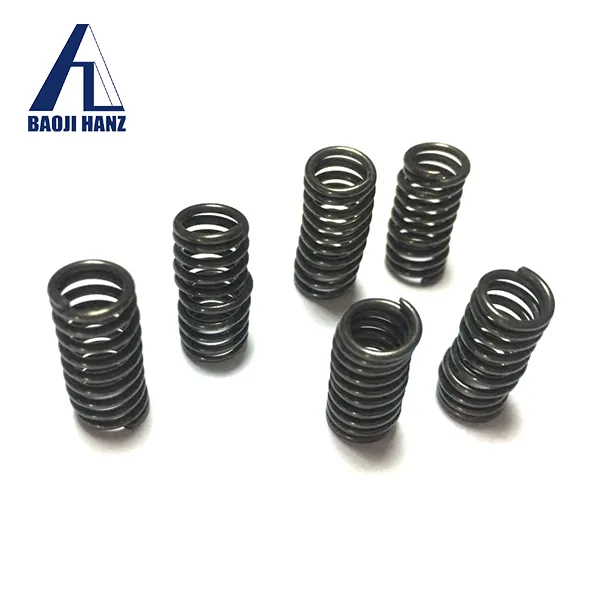

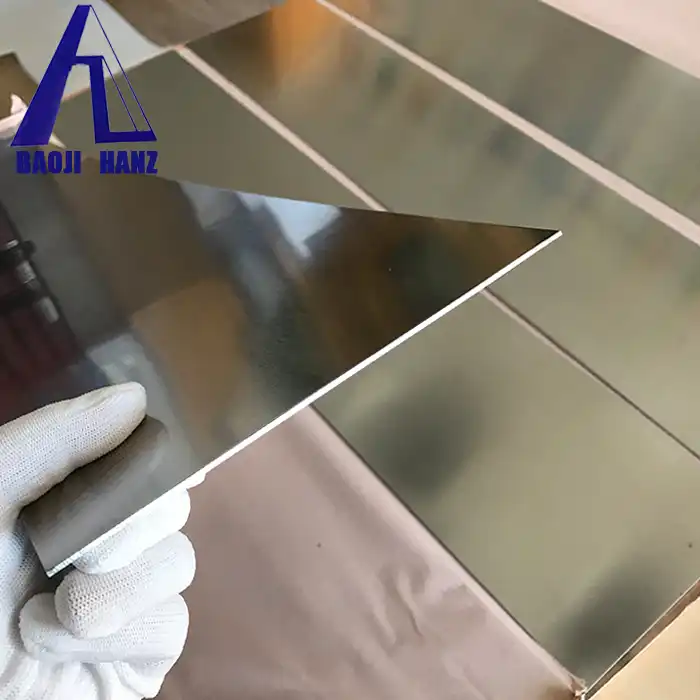
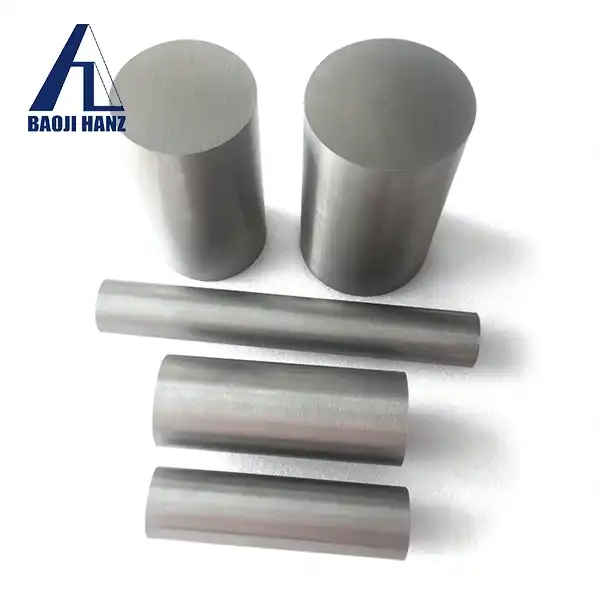
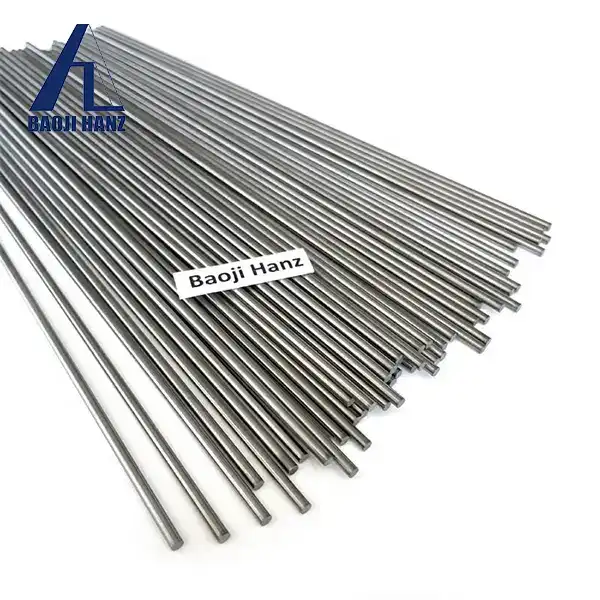
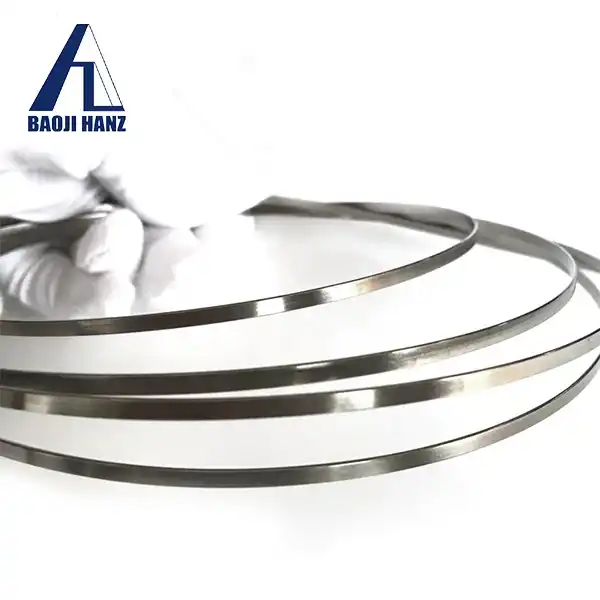
.webp)
